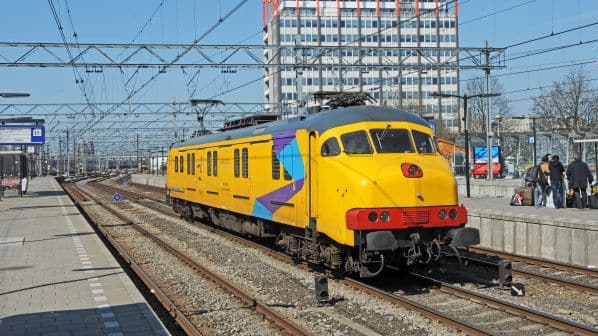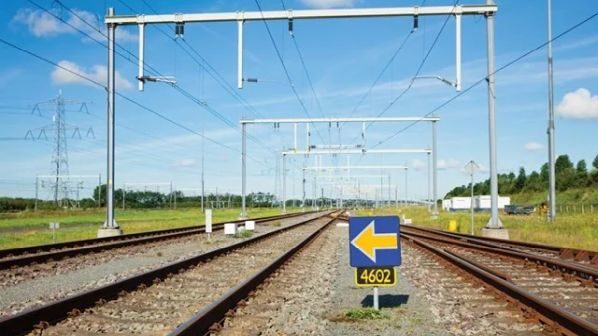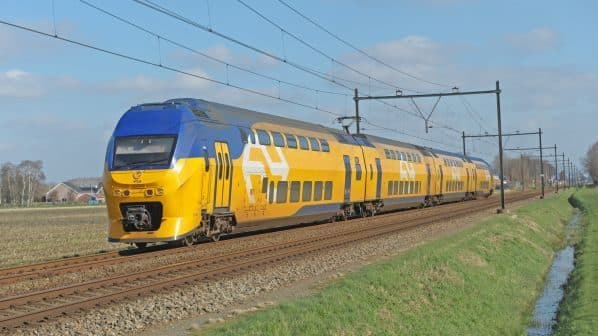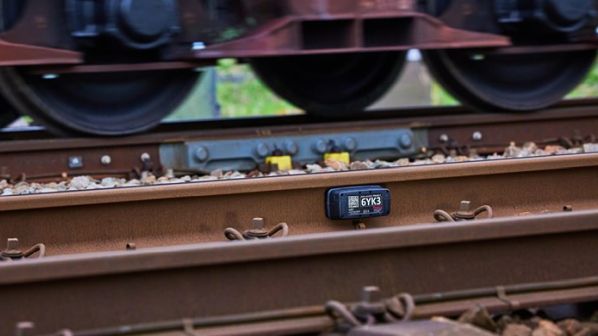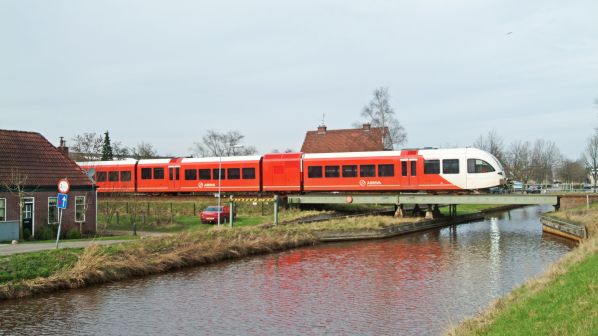THE Netherlands’ secretary of state for infrastructure, Mrs Vivianne Heijnen, has revealed in a filing to the Dutch Parliament that the national ERTMS rollout programme will be delayed and will cost more than anticipated.
The minister cites the combined effects of the Covid-19 pandemic, a shortage of labour and developments in the supply market for impacting both the planning and the cost of the project. “Without a change in the working methods of ProRail and the other sector parties, the national rollout of ERTMS will take until after 2050,” Heijnen says.
She expects that given these delays, and the greater than anticipated complexity of the project, the cost for the first tranche will increase by €1bn up to 2030. The ministry will cover the cost increase from its own budget. The project was previously budgeted at €2.5bn.
Heijnen cites the “disappointing” response to tenders for onboard equipment as one of the causes of the delays, especially to equip trains operated by Netherlands Railways (NS), and ERTMS infrastructure.
Thales won a €420m contract to develop, supply and maintain ERTMS Level 2 Baseline 3 on the Dutch network - the Central Safety System (CSS) element of the project - in March 2022. In addition, infrastructure manager ProRail reached an agreement with five engineering firms to design the first three ERTMS corridors - the Northern Lines, the Zwolle - Lelystad Hanze line, and the Schiphol Airport - Amsterdam South - Almere - Lelystad (Saal) line - in August 2022. NS signed a contract with Siemens Mobility to equip its fleet of 176 ViRM double-deck inter-city EMUS with ETCS in September 2022. DB Cargo, ATC, MRCE, Railpool and Beaconrail also developed pilot locomotives equipped with ETCS.
Nevertheless, further investment in ERTMS by leasing companies and freight operators remains largely absent for now due to the high costs involved, Heijnen told Parliament in her previous progress report on the ERTMS project in October 2022. She added then that changes to the testing strategy and the results of tenders for infrastructure and onboard rollout would lead to a recalibration of costs.
She confirmed in the filing on April 3 that around 15% of the cost increase is related to inflation as well as the failure to secure European Union (EU) Connecting Europe Facility (CEF) funding to help meet the cost of equipping 660 passenger trains and freight locomotives, a programme for which funding applications worth four times the expected budget was received.
“The task is more extensive and more complex than previously taken into account,” Heijnen says.
Of the projects already underway, Heijnen now expects commissioning of ERTMS Level 2 Baseline 3 on the 50km Hanze line by Alstom to be completed in the first half of 2027, 10 months later than planned. In addition, commissioning of ERTMS on the Kijfhoek freight yard - Belgian border line is now not expected to be completed until 2028.
She added that there is a strong possibility that these schedules will be extended as they do not take into account the high risk of issues in other project areas having a knock-on effect. Notably, the complexity of work to upgrade infrastructure, equip rolling stock with onboard ETCS equipment, and train drivers and dispatchers to use ERTMS are all considered as having the potential to impact project delivery and extend current delivery schedules. Heijnen says that work to develop a testing strategy for the rollout revealed that more drivers had to be trained than initially anticipated.
In addition, while Heijnen says “every effort” is being made to introduce ERTMS on the Saal corridor by 2029 as part of the Netherlands’ High Frequency Rail Transport Programme, she admits that the addition of a fifth and sixth hourly Sprinter service between Utrecht and Geldermalsen, which is contingent on the rollout of ERTMS, will be delayed from 2028-29 to 2030-31.
Four lines in the Netherlands are already equipped with ETCS, although with Level 2 Baseline 2: the HSL-South high-speed line, which runs from Amsterdam to the Belgian border; the Betuweroute freight line between the port of Rotterdam and the German border near Emmerich; the Hanze line; and the Amsterdam Bijlmer - Utrecht line, which is equipped with both ETCS and the legacy Dutch ATB-NG signalling system.
Heijnen told Parliament that she is now focusing efforts to accelerate the ERTMS rollout while reducing costs. She praised ProRail’s use of its Fast Tender Approach (Asap) in the ERTMS programme for offering “promising results” although she expects these measures to only benefit the programme after 2030.
She also suggested that updating the Netherlands’ “unique” train protection systems on rolling stock, which is complicating the introduction of new trains, at the same time as rolling out ERTMS will deliver synergies and reduce costs.
In addition, Heijnen confirmed that she has put together a task force consisting predominately of international experts to offer a second opinion on the anticipated ERTMS programme cost increases. The task force will finalise its report this summer.
“The researchers will look not only at whether the estimate is complete and realistic, but also at the approach to the rollout of ERTMS and possible savings options,” Heijnen says.
Responding to the announcement, Mr Hans-Willem Vroon, director of rail freight lobby group Railgood says that there is too much emphasis on tackling the project as a technical issue rather than delivering the EU’s objectives for ERTMS.
“The added value of having one European standard as a prelude to a Single European Railway Area with a safe, connected, affordable rail transport system must be central to the ERTMS approach,” Vroon says. “ERTMS has now become a super expensive political and technical issue. However, the beginning and core of the approach must focus on the transport business, the business case, and business continuity.”
